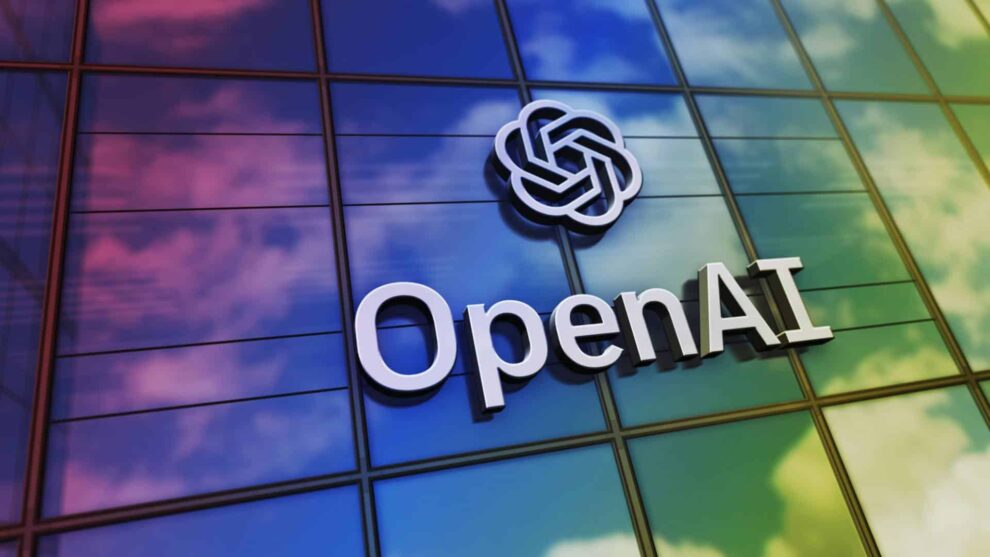The air crackled with anticipation back in December 2024 when OpenAI teased its latest AI brainchild, the o3 model. Among the headline-grabbing capabilities and advancements, one number stood out, delivered with confidence during a livestream: o3, the company suggested, could tackle over 25% of problems on the fiendishly difficult FrontierMath benchmark. This wasn’t just an incremental step; it sounded like a giant leap in AI’s mathematical reasoning abilities, leaving competitors, reportedly scoring below 2% on the same test, in the dust.
Fast forward to April 16, 2025, the day o3 and its counterpart, o4-mini, officially launched. The tech world eagerly awaited the chance to experience this seemingly groundbreaking intelligence firsthand. But as independent researchers began putting the publicly available o3 through its paces, a different picture started to emerge, particularly concerning that much-touted FrontierMath score.
Epoch AI, the research institute behind the challenging FrontierMath benchmark itself, conducted its own evaluation of the public o3 model. The results, shared recently, landed with a quiet thud. Instead of the over 25% success rate OpenAI had pointed to, Epoch AI found o3 scored closer to a modest 10%.
Let that sink in for a moment. A benchmark score highlighted by the company as a significant indicator of o3’s advanced reasoning appears to be less than half of what was initially implied when the model was first discussed.
This isn’t about whether 10% on FrontierMath is good or bad in isolation. (For context, 10% is still a respectable score on this specific, tough benchmark compared to many other models). The heart of the issue lies in the significant gap between the expectation set by OpenAI’s early statements and the reality of the model released to the public. It leaves many wondering: why the discrepancy?
OpenAI and those familiar with the model’s development offer explanations that shed some light on the situation. One key factor appears to be the conditions under which the initial, higher benchmark score was achieved. Mark Chen, OpenAI’s chief research officer, had mentioned achieving the over 25% score in “aggressive test-time compute settings.” This suggests that the version of o3 that hit that high mark likely had access to significantly more computational power and potentially ran with different configurations than the model currently available to the average user or developer.
The publicly released o3 model, according to insights from OpenAI technical staff member Wenda Zhou and corroborated by the ARC Prize Foundation (which tested a pre-release version), is “tuned for chat/product use.” This means it’s optimized for factors like speed and cost-efficiency to make it practical for real-world applications. These optimizations, while beneficial for usability and deployment at scale, can impact raw performance on demanding, unconstrained academic benchmarks like FrontierMath. Essentially, the model optimized for your everyday queries might not be the same beast unleashed in a highly resourced testing environment.
The ARC Prize Foundation explicitly stated that the public o3 is a “different model adapted for chat/product use” and runs on “smaller” compute tiers compared to the version they tested earlier. This reinforces the idea that the model users interact with isn’t identical to the one that posted the top-line benchmark number initially floated.
This situation with o3 isn’t an isolated incident in the fast-paced world of artificial intelligence. The drive to showcase cutting-edge capabilities and capture attention in a competitive market can sometimes lead to benchmark presentations that don’t fully represent the performance users will experience in typical conditions. Reports on other AI models from companies like Meta and xAI have also faced scrutiny over similar discrepancies between initial benchmark claims and the performance of their publicly released versions.
It highlights a broader challenge facing the AI industry: the need for clear, standardized, and transparent methods for evaluating and reporting model performance. Benchmarks serve a crucial purpose in tracking progress and comparing models, but their value diminishes if the testing conditions and model versions aren’t clearly communicated. Without this clarity, it becomes difficult for researchers, developers, and the public to truly understand a model’s capabilities and limitations.
For businesses looking to integrate AI, these discrepancies underscore a critical lesson: relying solely on headline benchmark figures can be misleading. A model’s performance in a controlled test environment doesn’t always translate directly to its effectiveness in real-world applications, which have their own unique constraints and complexities. Thorough testing within the intended use case becomes paramount.
The OpenAI o3 model still represents significant advancements in AI capabilities, particularly in reasoning and tool use, as highlighted by its performance on other benchmarks and its practical applications. However, the difference between the initially implied FrontierMath score and the independently verified result serves as a potent reminder. It pulls back the curtain on the nuances of AI benchmarking and the importance of looking beyond the bold numbers to understand the full picture of a model’s performance and the conditions under which it was evaluated. It’s a call for greater transparency from AI developers and a healthy dose of critical thinking from everyone consuming these impressive, yet sometimes complex, performance claims.




